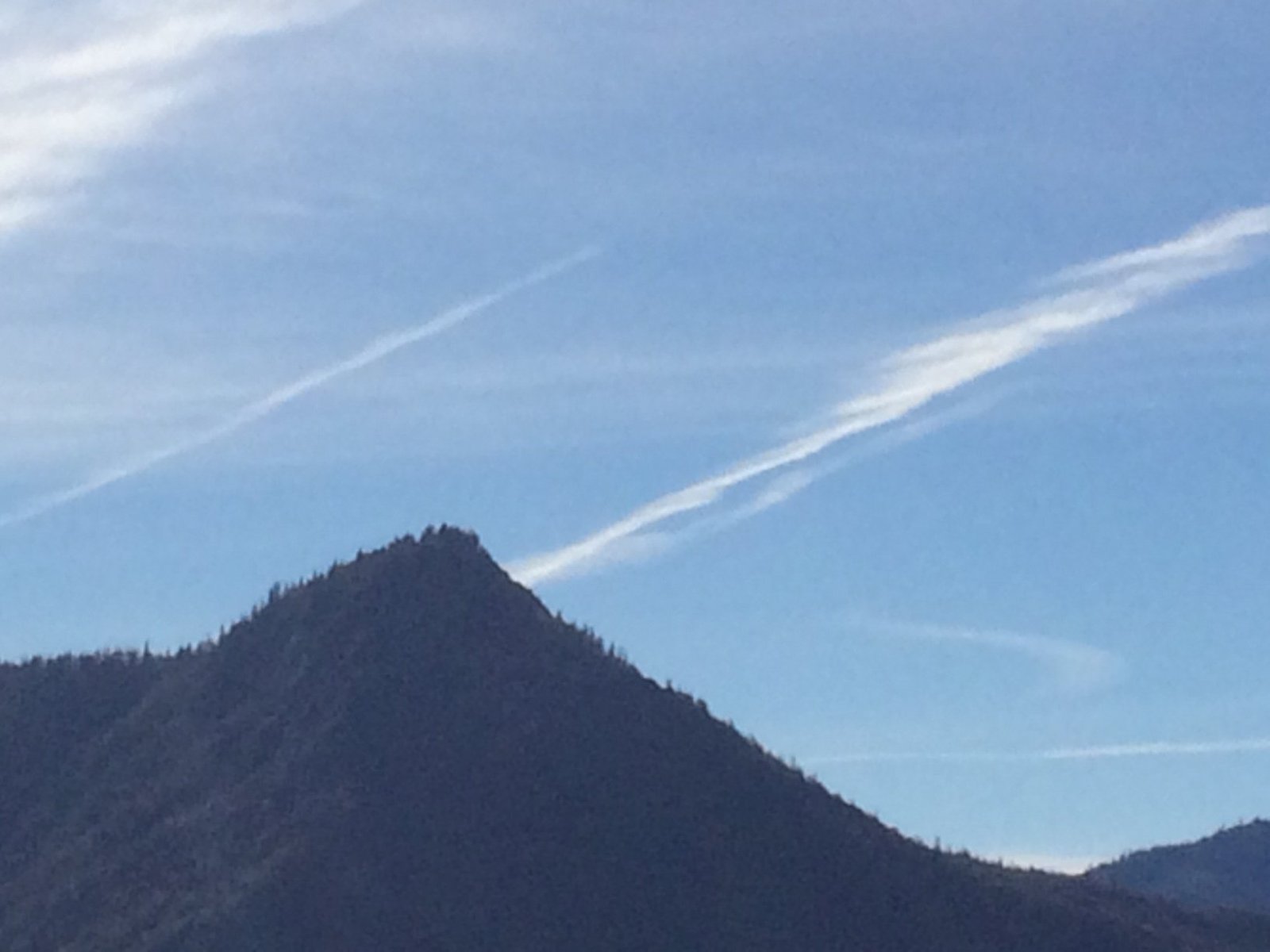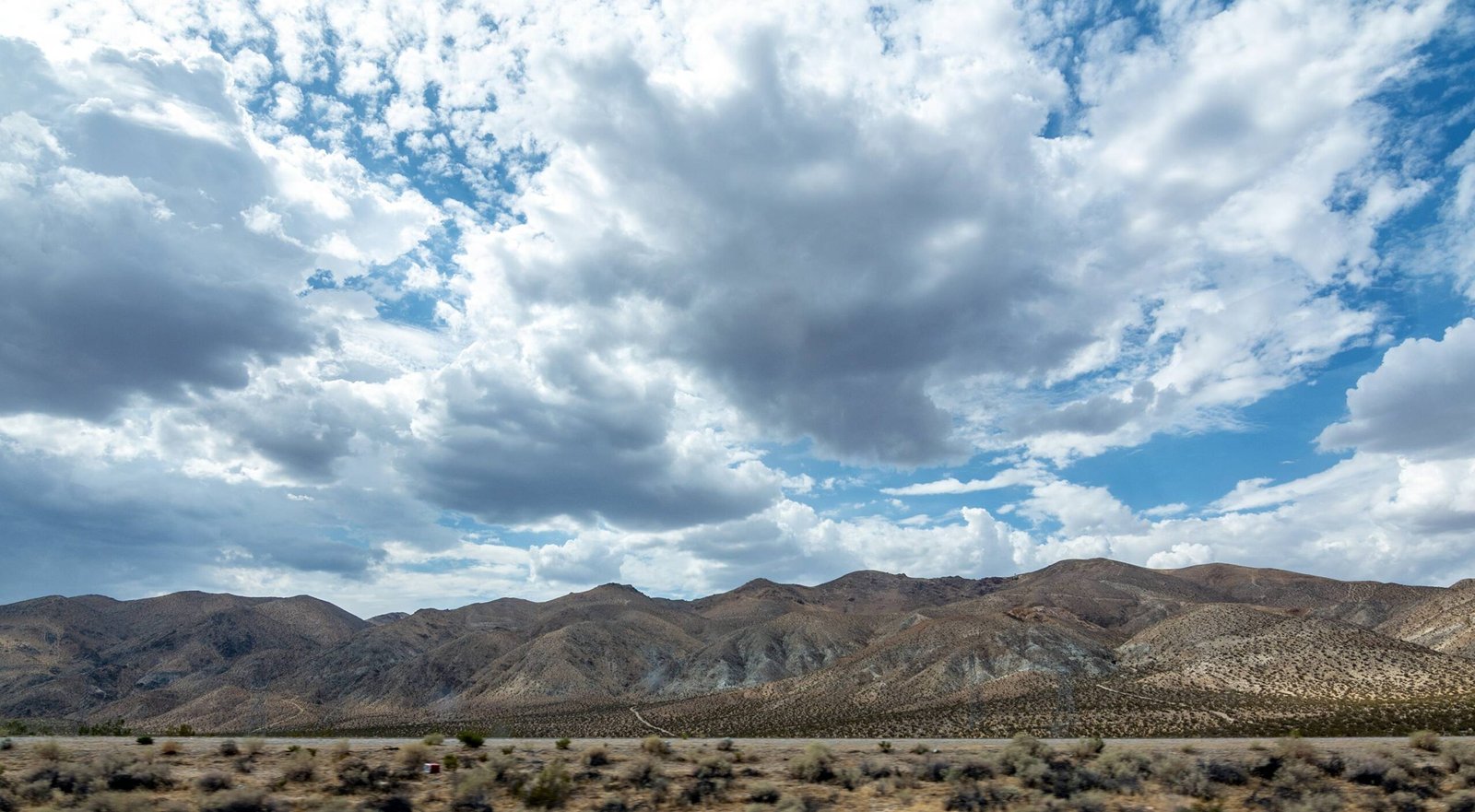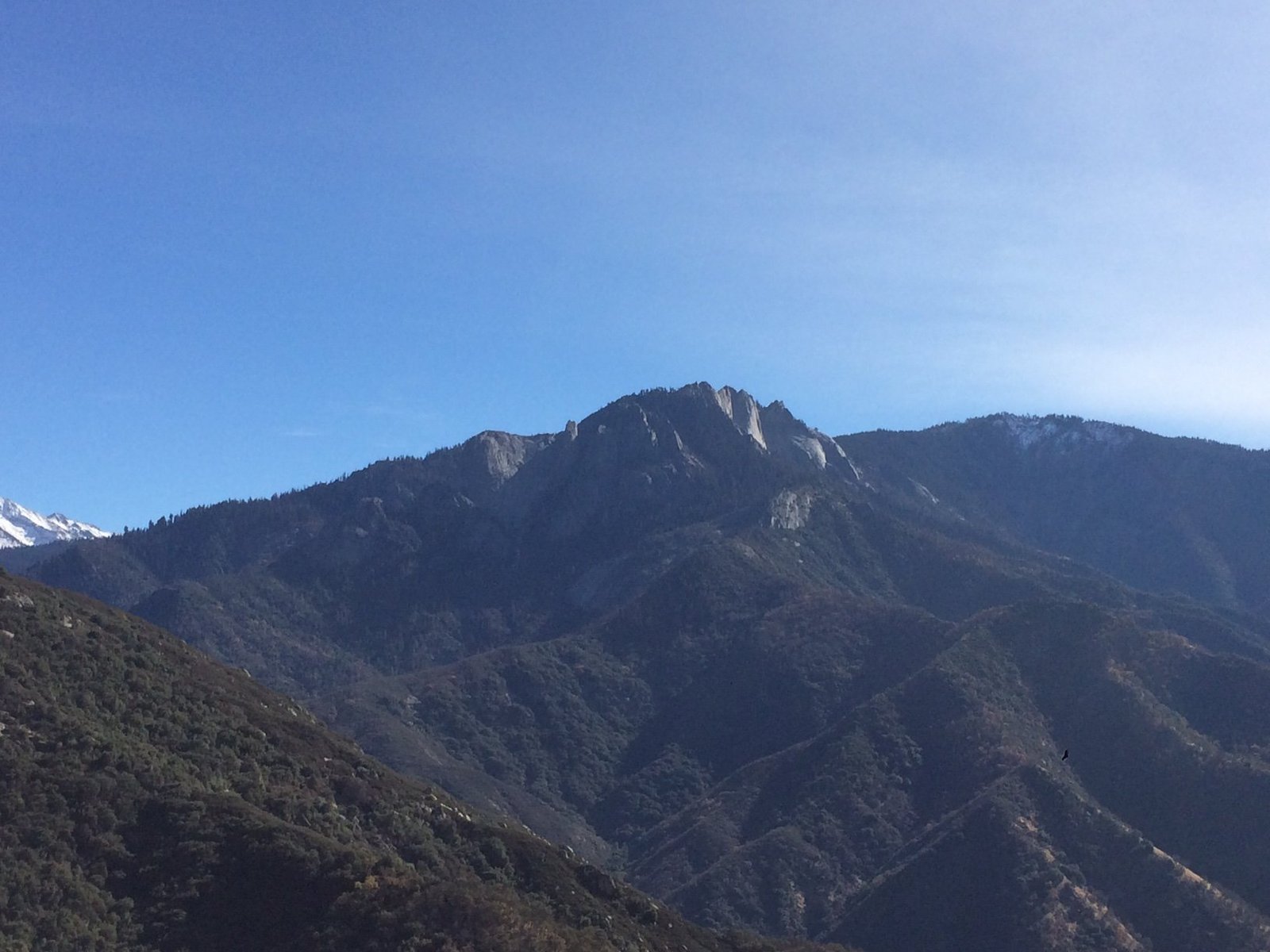Sequoia National Park, renowned for its giant sequoia trees and diverse ecosystems, faces unique air quality challenges. The park’s air quality is influenced by various factors, including regional pollution, wildfires, and seasonal variations. Despite these challenges, the park maintains relatively good air quality, with current AQI levels at 13, classified as ‘Good’. This guide explores the intricacies of air quality in Sequoia National Park, its impact on visitors and the environment, and measures taken to monitor and improve air quality.
What Are the Current Air Quality Levels in Sequoia National Park?

As of November 29, 2024, the air quality in Sequoia National Park is considered good, with an Air Quality Index (AQI) of 13. Here’s a breakdown of the current pollutant levels:
- Particulate Matter (PM2.5): 5 µg/m³
- Particulate Matter (PM10): 13 µg/m³
- Ozone (O3): 8 ppb
- Carbon Monoxide (CO): 88 ppb
- Sulfur Dioxide (SO2): 0 ppb
- Nitrogen Dioxide (NO2): 6 ppb
These levels indicate that the air quality is currently favorable for visitors and the park’s ecosystem.
How Does Air Quality Vary Throughout the Year in Sequoia National Park?

Air quality in Sequoia National Park experiences significant seasonal variations:
- Summer Months:
- Ground-level ozone and PM2.5 levels often exceed federal health standards
- Lower elevations experience poorer air quality
-
Higher elevations (above 8,500 feet) typically maintain good air quality
-
Winter Months:
- Generally better air quality due to reduced ozone formation
-
Potential for increased particulate matter from wood burning and inversions
-
Spring and Fall:
- Transitional periods with varying air quality
- Influenced by regional weather patterns and occasional wildfires
What Factors Affect Air Quality in Sequoia National Park?
Several factors contribute to the air quality in Sequoia National Park:
- Regional Pollution:
- Transport of pollutants from urban and agricultural areas
-
Industrial emissions from nearby regions
-
Wildfires:
- Natural and human-caused fires can significantly impact air quality
-
Smoke can travel long distances, affecting the park even from distant fires
-
Topography:
- The park’s varied elevation affects pollutant distribution
-
Valley areas may trap pollutants, while higher elevations experience better air quality
-
Weather Patterns:
- Wind direction and speed influence pollutant transport
-
Temperature inversions can trap pollutants in lower elevations
-
Local Activities:
- Vehicle emissions from park visitors
- Campfires and other recreational activities
How Does Poor Air Quality Impact Visitors and the Park’s Ecosystem?
Poor air quality can have various effects on both visitors and the park’s ecosystem:
Visitor Health Impacts:
- Respiratory issues, especially for sensitive groups
- Reduced visibility, affecting scenic views
- Potential limitations on outdoor activities
Ecosystem Impacts:
- Damage to vegetation, including the iconic sequoia trees
- Altered nutrient cycles in soil and water bodies
- Potential changes in species distribution and biodiversity
What Measures Are in Place to Monitor and Improve Air Quality in Sequoia National Park?
Sequoia National Park has implemented several measures to monitor and improve air quality:
- Air Quality Monitoring Stations:
- Real-time data collection on pollutant levels
-
Strategically placed throughout the park at various elevations
-
Educational Programs:
- Visitor awareness initiatives on air quality issues
-
Information dissemination through park websites and visitor centers
-
Emission Reduction Strategies:
- Promotion of sustainable transportation within the park
-
Regulations on campfires and other polluting activities
-
Collaboration with Regional Agencies:
- Partnerships to address broader air quality issues
- Participation in regional air quality improvement initiatives
How Can Visitors Stay Informed About Air Quality During Their Visit?
Visitors can stay informed about air quality in Sequoia National Park through various means:
- Online Resources:
- Check the park’s official website for daily air quality updates
-
Use air quality apps and websites for real-time data
-
Visitor Centers:
- Inquire about current air quality conditions and forecasts
-
Pick up informational brochures on air quality in the park
-
Park Rangers:
- Attend ranger-led programs that may include air quality information
-
Ask rangers for advice on planning activities based on air quality
-
Signage:
- Look for air quality advisory signs throughout the park
- Pay attention to any warnings or recommendations posted
What Are the Best Times to Visit Sequoia National Park for Optimal Air Quality?
While air quality can vary, certain periods generally offer better conditions:
- Late Fall to Early Spring:
- Lower ozone levels due to cooler temperatures
-
Reduced wildfire risk in most years
-
Early Morning Hours:
- Generally clearer air before daytime pollution buildup
-
Ideal for photography and scenic views
-
After Rain Events:
- Precipitation can clear the air of pollutants
-
Often results in exceptionally clear conditions
-
Weekdays:
- Potentially lower visitor numbers, reducing vehicle emissions
- Less congestion in popular areas of the park
How Does Sequoia National Park’s Air Quality Compare to Other National Parks?
Sequoia National Park’s air quality, while generally good, faces unique challenges:
| Aspect | Sequoia National Park | Other National Parks |
|---|---|---|
| Ozone Levels | Higher than average | Varies, often lower in remote parks |
| Particulate Matter | Moderate, influenced by wildfires | Similar in parks prone to wildfires |
| Visibility | Can be impacted by pollution | Generally better in more remote parks |
| Elevation Impact | Significant variation with altitude | Less pronounced in parks with less elevation change |
What Future Initiatives Are Planned to Improve Air Quality in Sequoia National Park?
While specific future initiatives are not detailed in the provided sources, potential areas for improvement include:
- Enhanced Monitoring Technologies:
- Implementation of more advanced air quality sensors
-
Improved data analysis and prediction models
-
Sustainable Transportation:
- Expansion of electric vehicle charging stations
-
Promotion of shuttle services to reduce private vehicle use
-
Ecosystem Management:
- Controlled burns to reduce wildfire risk and manage air quality
-
Research on the impact of air quality on park ecosystems
-
Regional Collaboration:
- Strengthened partnerships with neighboring communities and industries
- Participation in broader air quality improvement initiatives
By understanding and addressing air quality issues, Sequoia National Park continues to preserve its natural beauty and ensure a safe, enjoyable experience for visitors. The park’s efforts in monitoring and improving air quality serve as a model for environmental stewardship in protected areas.

